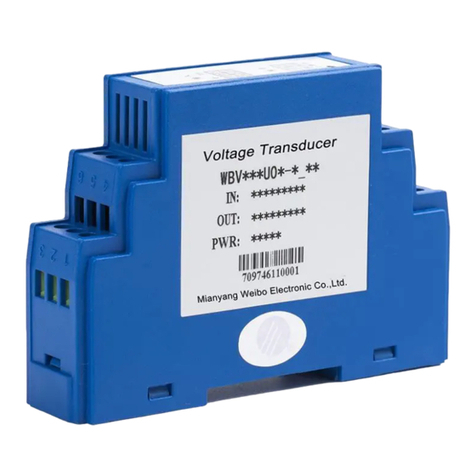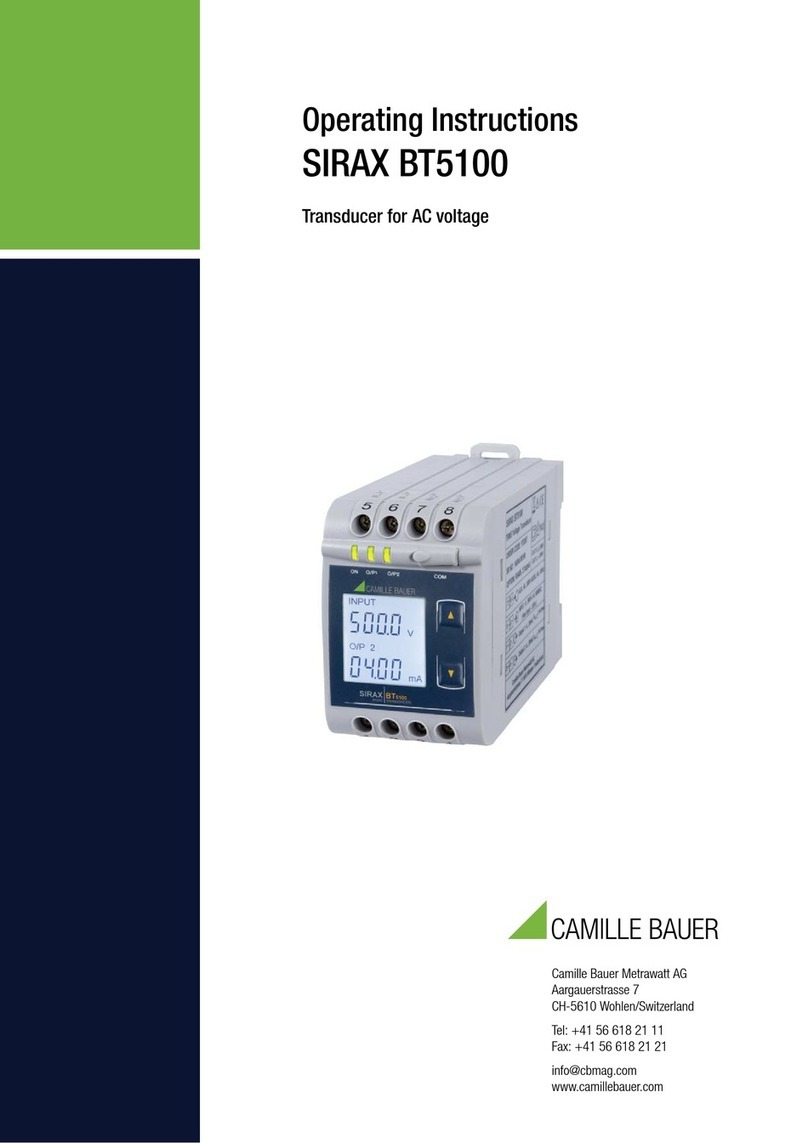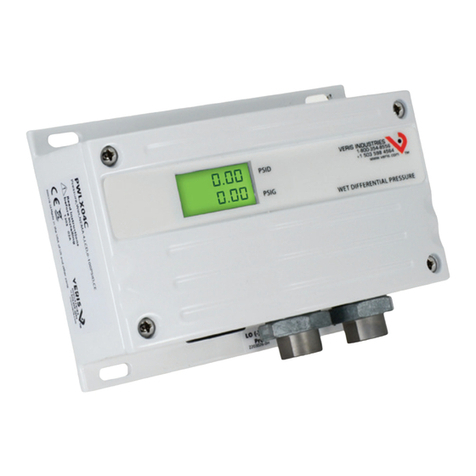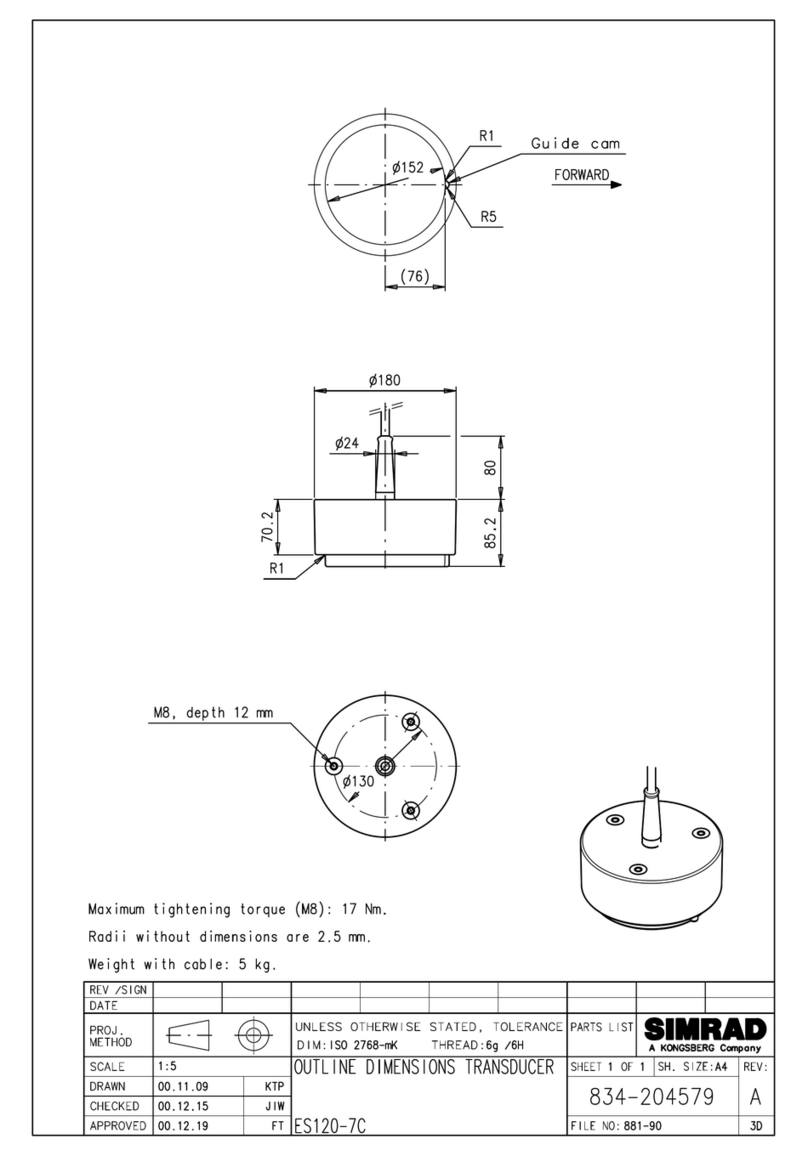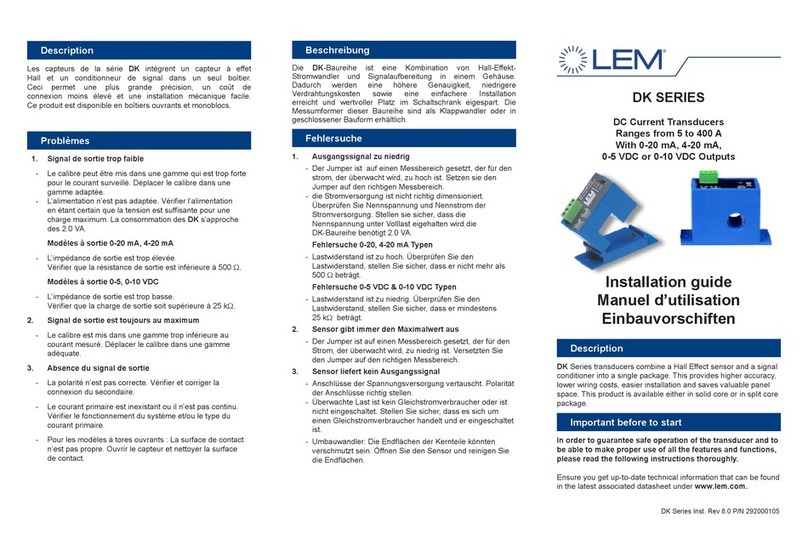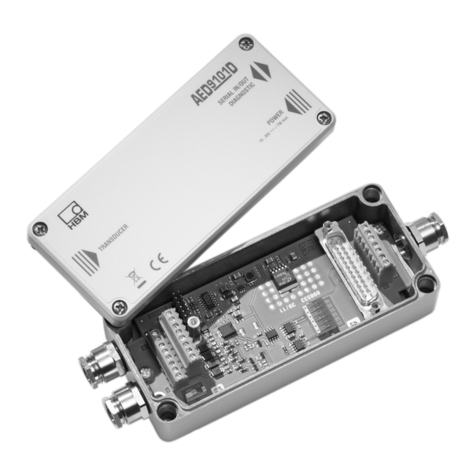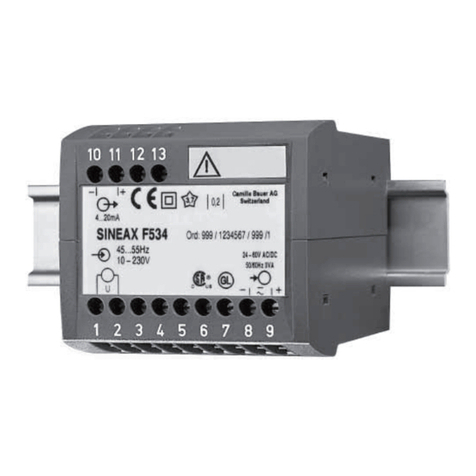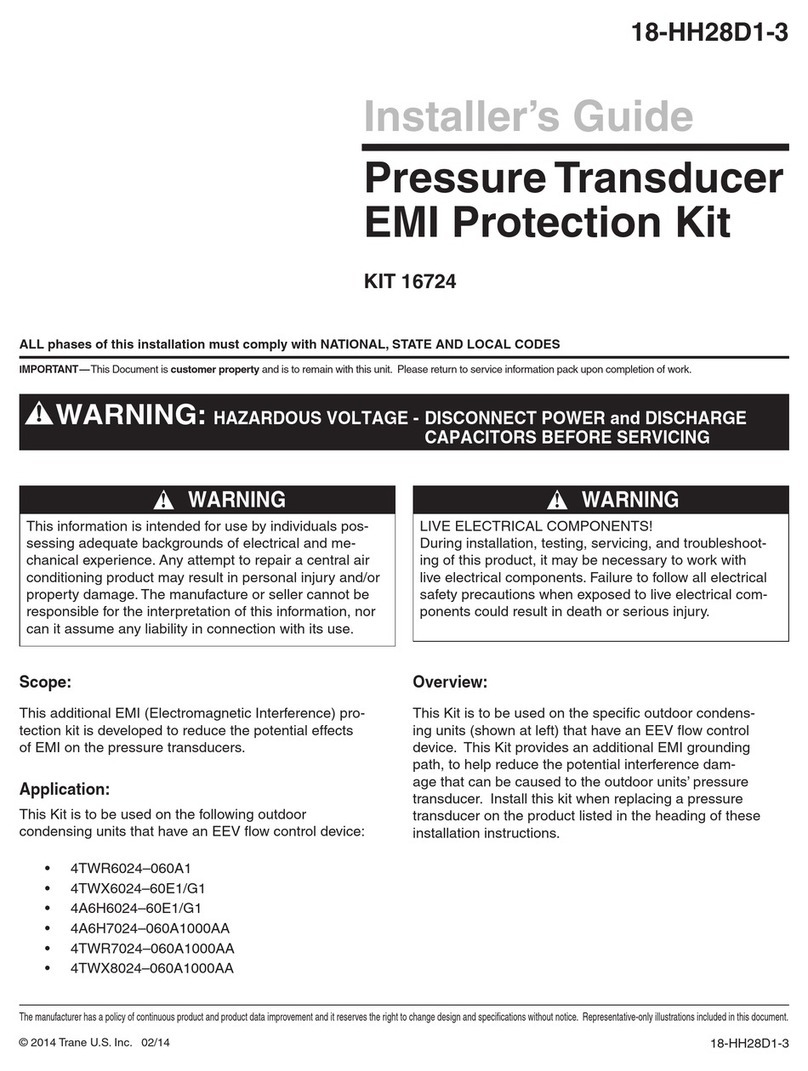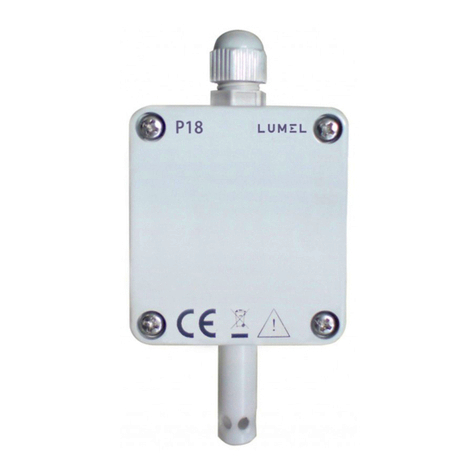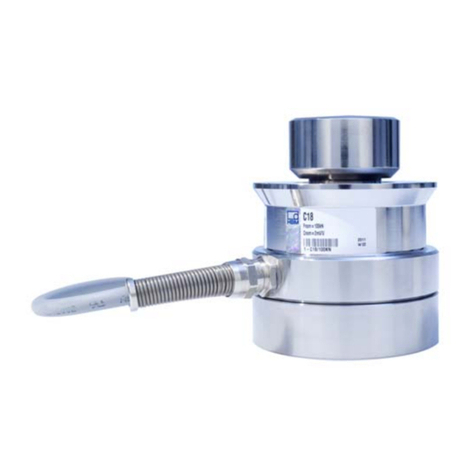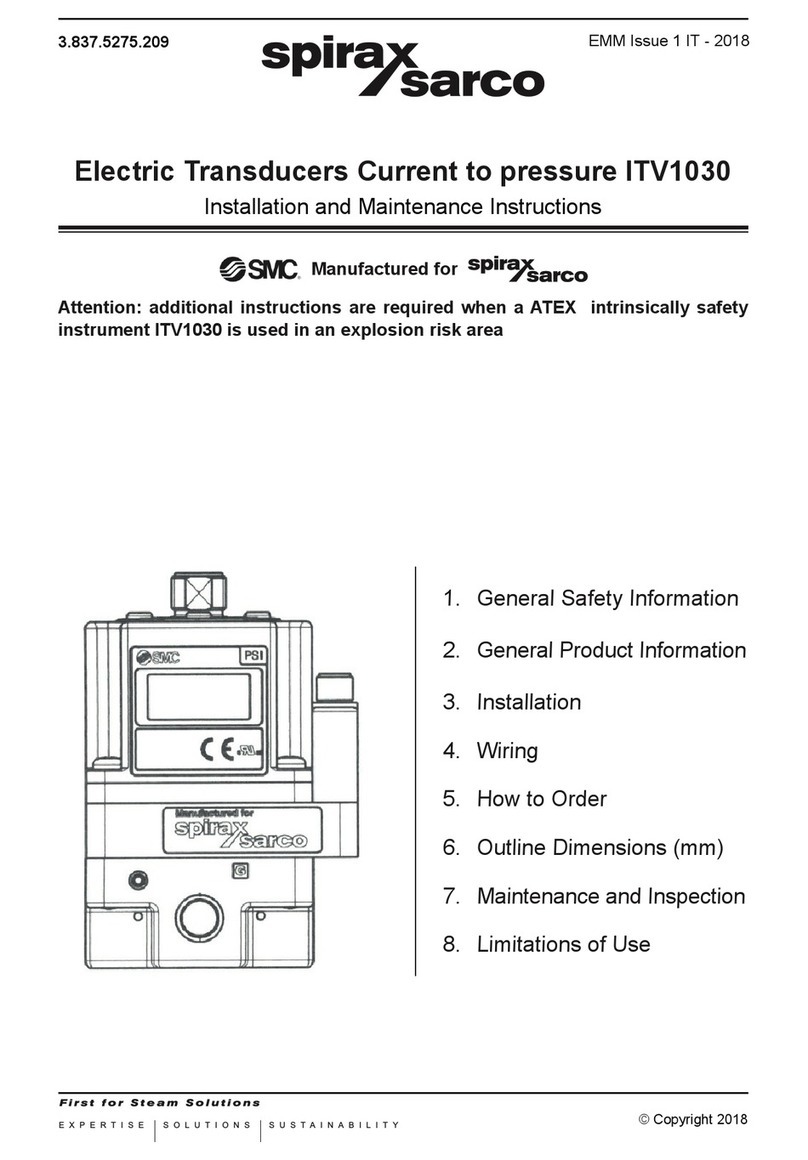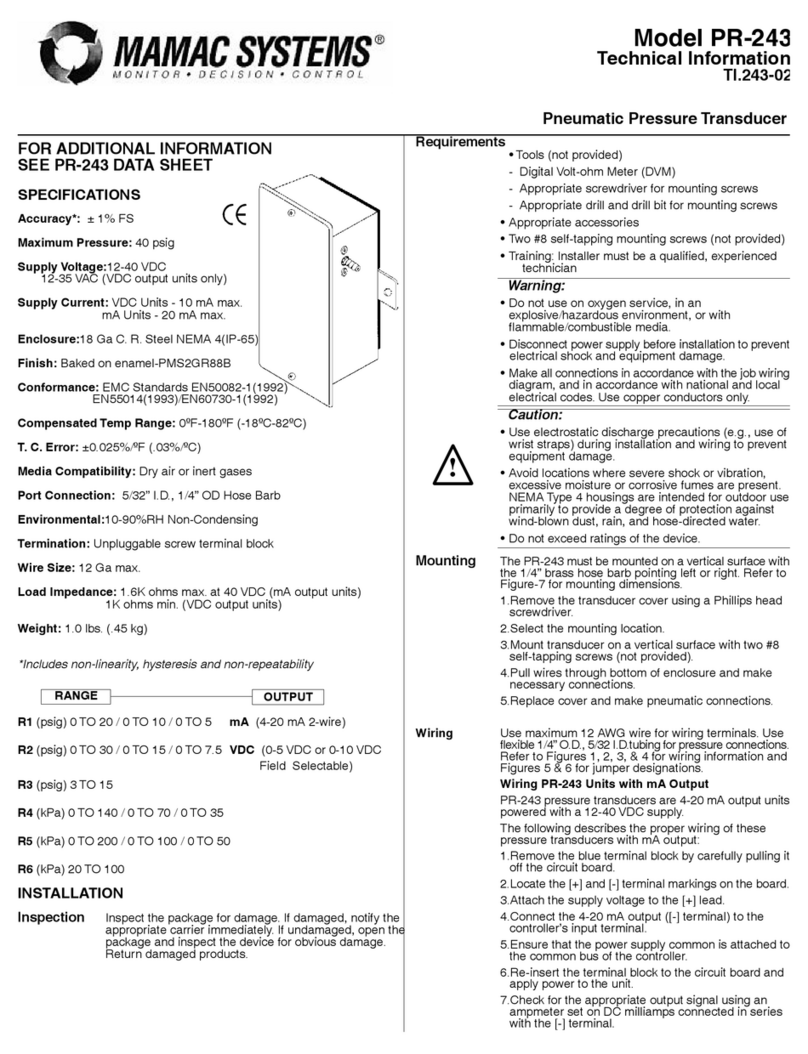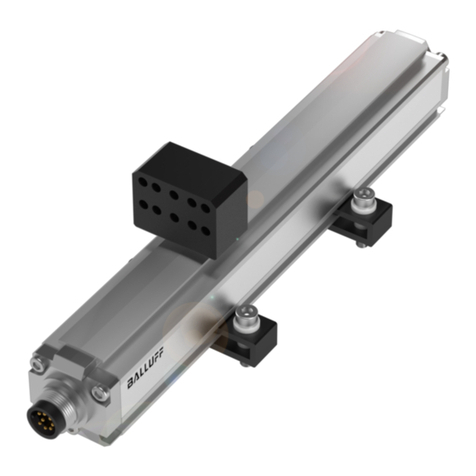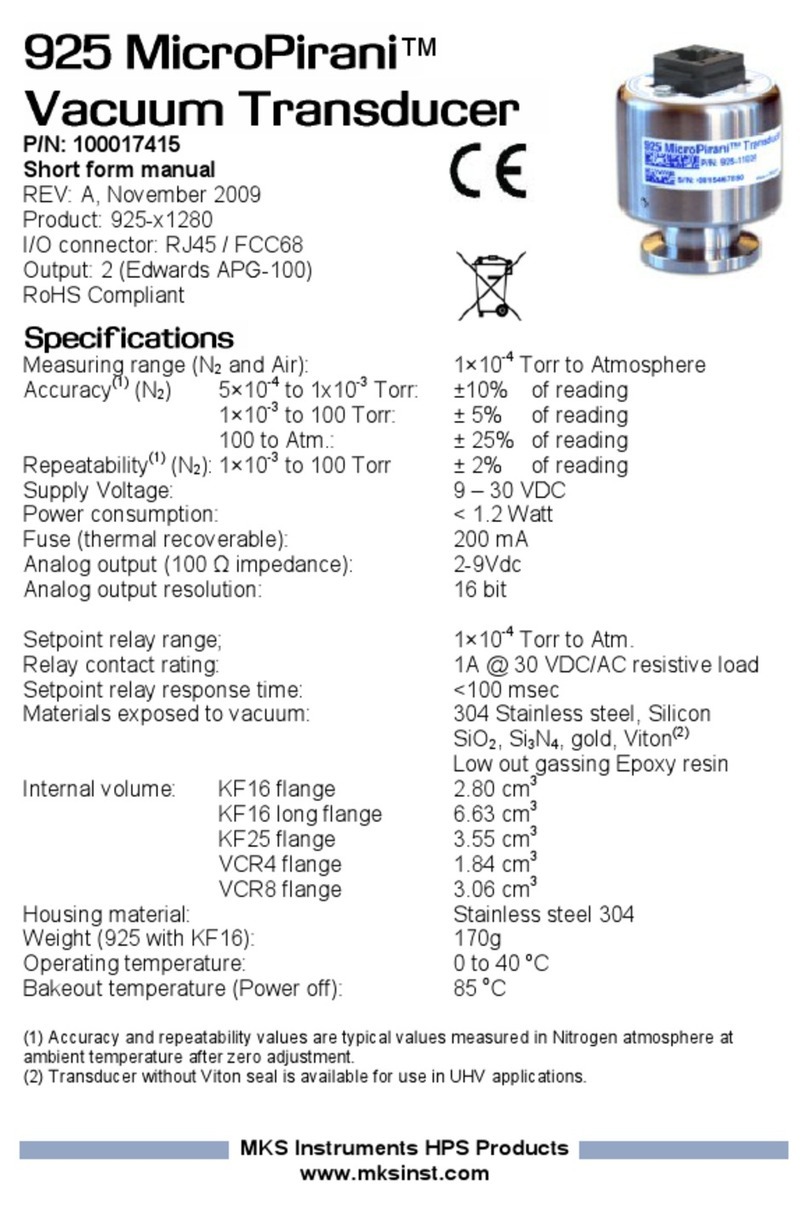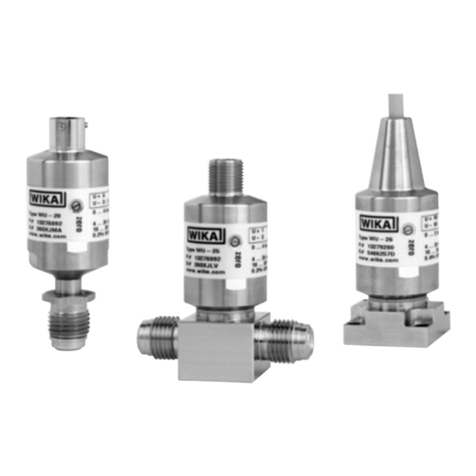i4MC&V/EN M/C User Manual
Page 2
iSTAT i4MC&V
2. INSTALLING, COMMISSIONING AND SERVICING
Equipment connections
Personnel undertaking installation, commissioning or servicing work on this equipment
should be aware of the correct working procedures to ensure safety. The product
documentation should be consulted before installing, commissioning or servicing the
equipment.
Terminals exposed during installation, commissioning and maintenance may present a
hazardous voltage unless the equipment is electrically isolated.
If there is unlocked access to the rear of the equipment, care should be taken by all
personnel to avoid electrical shock or energy hazards.
Voltage and current connections should be made using insulated crimp terminations to
ensure that terminal block insulation requirements are maintained for safety. To ensure that
wires are correctly terminated the correct crimp terminal and tool for the wire size should be
used.
Before energising the equipment it must be earthed using the protective earth terminal, or
the appropriate termination of the supply plug in the case of plug connected equipment.
Omitting or disconnecting the equipment earth may cause a safety hazard.
The recommended minimum earth wire size is 2.5mm2, unless otherwise stated in the
technical data section of the product documentation.
Before energising the equipment, the following should be checked:
Voltage rating, frequency and polarity
VT ratio and phase sequence
CT circuit rating and integrity of connections;
Protective fuse rating;
Integrity of earth connection (where applicable)
Supply voltage
External switch or circuit-breaker must be included in the installation for disconnection
of the devices’ auxiliary power supply. It must be suitably located and properly marked
for reliable disconnection of the device when needed.
Important: A current transformer secondary should be shorted before connecting the
transducer.
